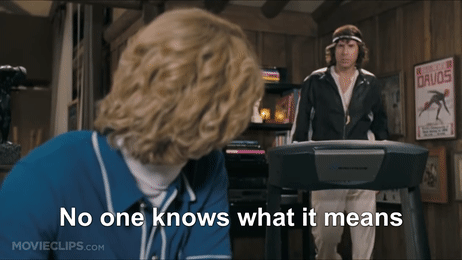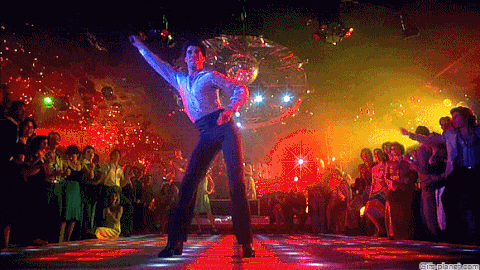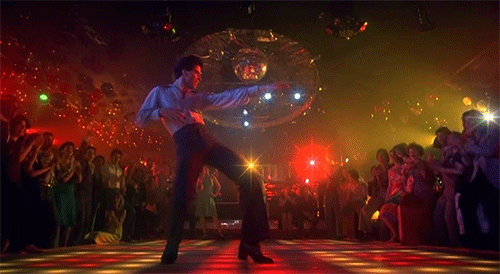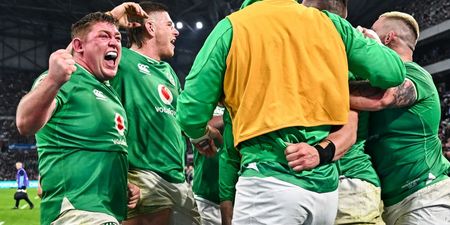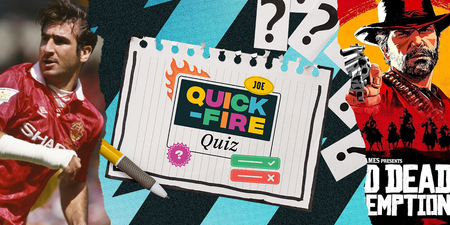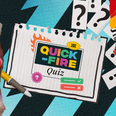Brought to you by Vodafone Ireland
You’ll be hearing a lot more about it over the next few weeks, so there’s no better time to read our complete beginner’s guide to rugby.
At it’s best, rugby is a pretty damn spectacular sport. Thinking back to recent times like Johnny Sexton’s 2018 drop goal against France, or further back to Francois Pienaar lifting the trophy beside Nelson Mandela, it’s had plenty of moments that brought people together.
The thing is, even rugby fans would admit it isn’t exactly straightforward. From the outside, terms like “grubber” and “rolling maul” probably make about as much sense as a chocolate teapot.
Seeing as it’s the sport so many people will be talking about over the next while, we’ve teamed up with Vodafone Ireland, main sponsors of the Irish rugby team to give you the complete guide to rugby. Well, we’ll try anyway…
The basics of rugby
Right so we’ll start off simple enough. A total of 15 players line up for each side, with eight players on each bench.
Unlike other sports, there’s no limit on the number of substitutions you can make and you can clear your entire bench whenever you want. Games last 80 minutes, and rather than having injury time refs stop the clock if a player goes down during play and the game ends once the ball goes dead after 80 minutes.
The aim of the game is to score points by either touching it down past the try line for five points, or putting it over the crossbar for three points. After every try, the scoring team gets a chance to add an extra two points by taking a kick at goal in line with where the try was scored.
Passes have to be made backwards, and dropping the ball in front of you will result in your team losing possession.
Set pieces
Scrums: This is where the forwards (aka big lads) from both teams form opposing units and compete to win the ball. Made up of three different rows, both sides will be looking to drive straight over the ball to win it back for their team.
It might look complicated, but really all you need to know is that it can be a great opportunity for an attacking team. Getting the ball out quickly can mean many of the biggest defenders are out of action, whereas driving the other team back can result in a penalty (more on that below).
Lineout: This is how the ball is thrown back in after leaving play. It has to be thrown directly between the two teams and both can compete for it, but whoever throws it in has the advantage of deciding what height to throw it at, and who jumps.
Match officials
There are three different kinds of match officials on a rugby pitch:
The referee: As you may expect, this is the one making most of the calls and following the action. Referees have final say when it comes to any big decisions, but they’re in constant communication with the other officials as well.
Touch judge: These are the guys running along the touch line (sideline). As with other sports, they will determine where a ball has crossed the line, but they also quite often play a big role in helping the ref make a decision.
TMO: The Television Match Official is the eye in the sky. If the refs on the pitch can’t make a decision or need to take a look back at something, the TMO is their first port of call.
Ref signals
While there are still free kicks in rugby, penalties are far more common. You don’t always need to know what a penalty is for, as even the most ardent rugby fan has to smile and nod every now and then.
Basically the ref will diagonally raise their arm towards the try line of the team to whom they wants to award a penalty. Much like this:
You get four choices with penalty kicks; go for goal (three points), kick to touch, take it quickly, or scrum. Opting to kick the ball to touch will mean your team still gets to take the lineout wherever the ball went out.
Scrums will be awarded whenever the ball is dropped, or passed, forward. There are a few other ways they can be awarded, but there’s no need to think about that for now.
The ref will point their arm parallel to the ground towards the try line of the team that will put the ball into the scrum. Much like this (usually without the hip thrust):
Lastly, free kicks are awarded for less serious offences than penalties but are less common. You can still opt for a scrum or take it quickly, but there’s no option for three points and kicking the ball out will result in a lineout for the other team.
The ref will hold their arm out at a right angle towards the team that’s won a free kick. Much like this:
I would like to extend my thanks to John Travolta for making this considerably easier to explain.
Key terms
Ruck/breakdown: This is what happens when a player is tackled, and there is competition for the ball from both sides. The player with the ball is trying to keep it on his side, but the defending team will be trying to win it back.
A good rule to keep in mind here is that players need to stay on their feet when trying to win the ball.
Roll away: Another good rule to bear in mind with breakdowns is that players can’t be seen to put themselves in the way. Lying on top of the ball or in the opposition’s path will likely result in a penalty.
Line speed: This is how quickly a defensive line moves out towards an attacking team. Definitely a good one to throw out if you’re looking to impress people with your now-perfect rugby knowledge…
Rolling maul: This is what happens when an attacking team wins a lineout (usually near the try line), and group together to drive forward. The defensive team will be trying to hold them off, whilst keeping an eye out for the ball being thrown quickly out the back. This is a favoured tactic of Ireland!
Offside: Right, offside in rugby isn’t as clear cut as soccer. Basically, the defending team has to keep their defensive line on their side of the ruck/breakdown. Any player that shoots up before the opposing team has taken the ball out will concede a penalty.
Territory: You’ll likely hear this one a good bit, and basically it means keeping the ball in the opposition’s half. Kicking the ball deep into the other team’s half will give your team a chance to shoot up, and put the opposition under pressure.
Often you’ll see players kick the ball out intentionally, so their team can compete for the lineout and try to win the ball.
Building your knowledge
It’s time to make like a rolling maul and move forward.
These are only the basics, but there is a whole lot more to sink your teeth into. Now that you’re a Certified Rugby Expert™, the best thing you can do now is actually watch the game as closely as possible.
Stick on the TV and pay close attention to what the refs and commentators are saying. There’s always going to be a few things you’re not 100% on (as a rugby fan of 20 years I can confirm this is unavoidable), but having a better understanding of the tactics at play make it all the more exciting.
If you have friends who are big into rugby, maybe ask them for thoughts on the game you watched or preview what’s ahead. Even knowing the name of *which players to watch is a good way for you to notice the little things.
The outhalf (number 10) is so integral to every team, it’s often worth paying extra attention to them. Not that their role is any more important than any other (this article was written by a former prop), it’s just the easiest to explain.
Not only are they usually the guys kicking the penalties, but they also dictate the play. Much like a quarter back in American football, the outhalf pulls the strings and is often the starting point of any attacking play.
That’s all you really need to know for the time being, so now you can be as excited as the rest of Ireland for things to kick off in Japan!
*We’re hearing that Johnny Sexton guy is pretty good…
Regardless of who we are, where we’re from or what our background is, when it comes to Irish rugby, we all belong to the Team Of Us. To celebrate this, Vodafone Ireland created a unique rugby ball with a bespoke grip containing the fingerprints of 32 different people from every county in Ireland, symbolising our connection to each other and to Irish rugby. Discover more here.
Brought to you by Vodafone Ireland
LISTEN: You Must Be Jokin’ with Aideen McQueen – Faith healers, Coolock craic and Gigging as Gaeilge

